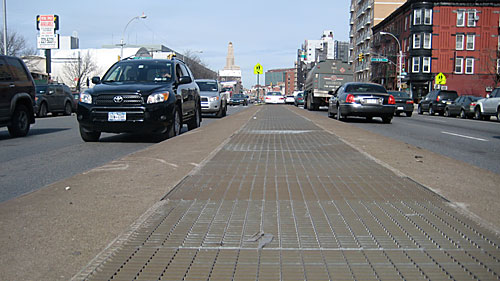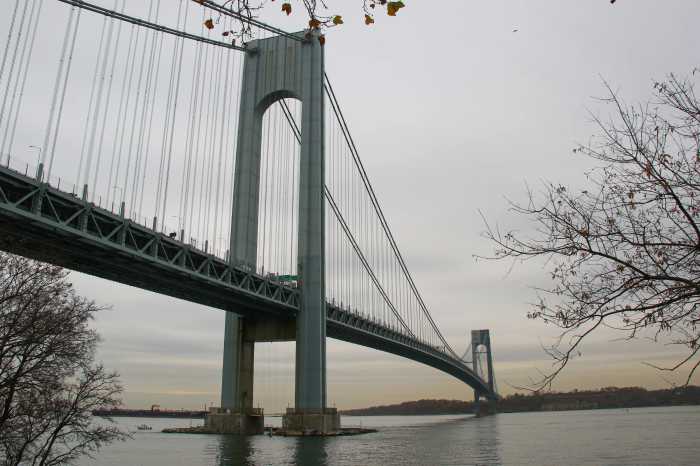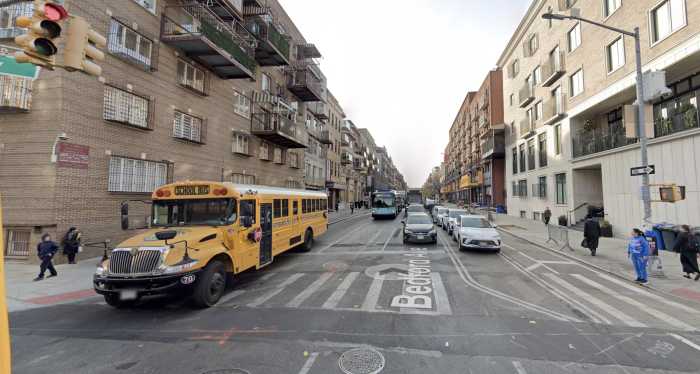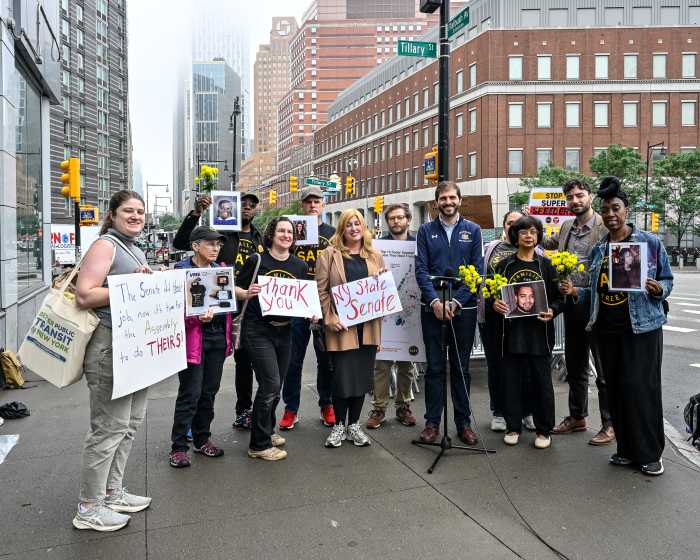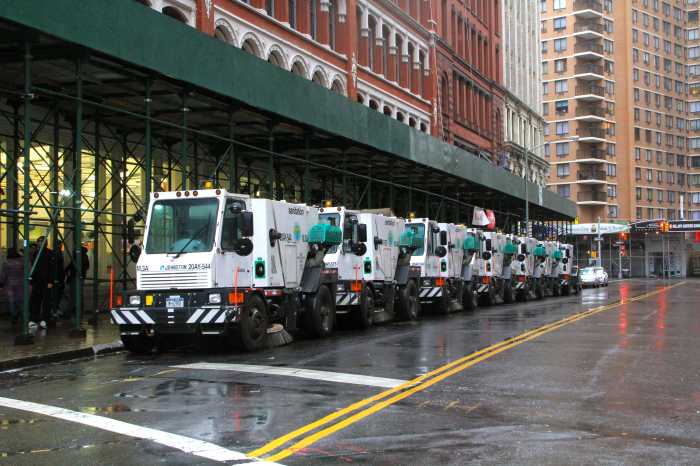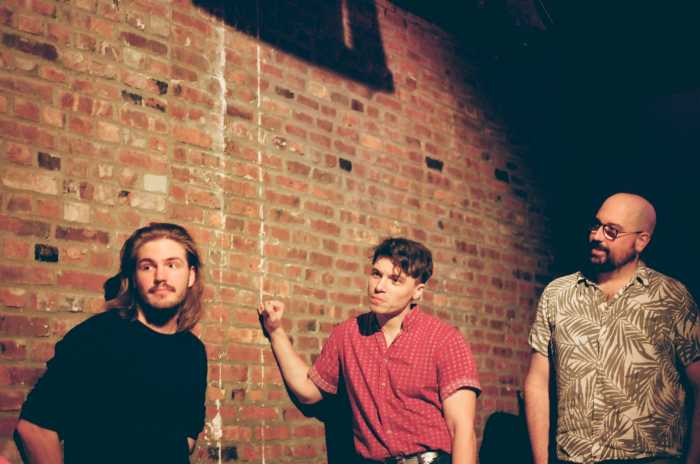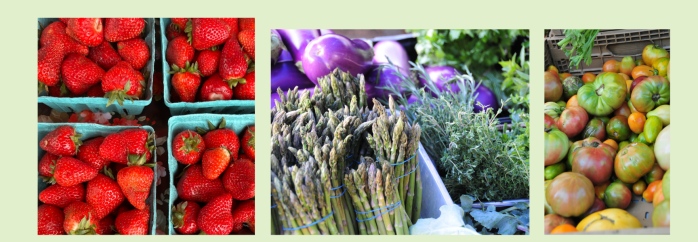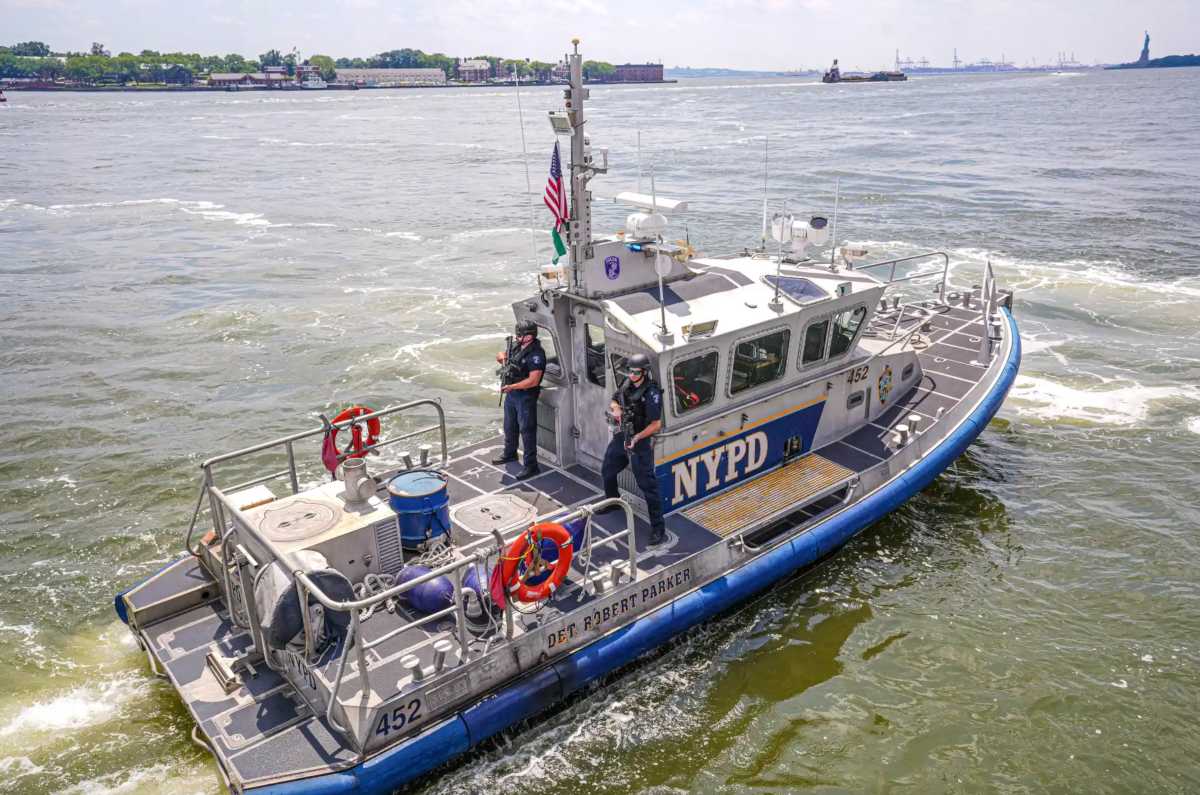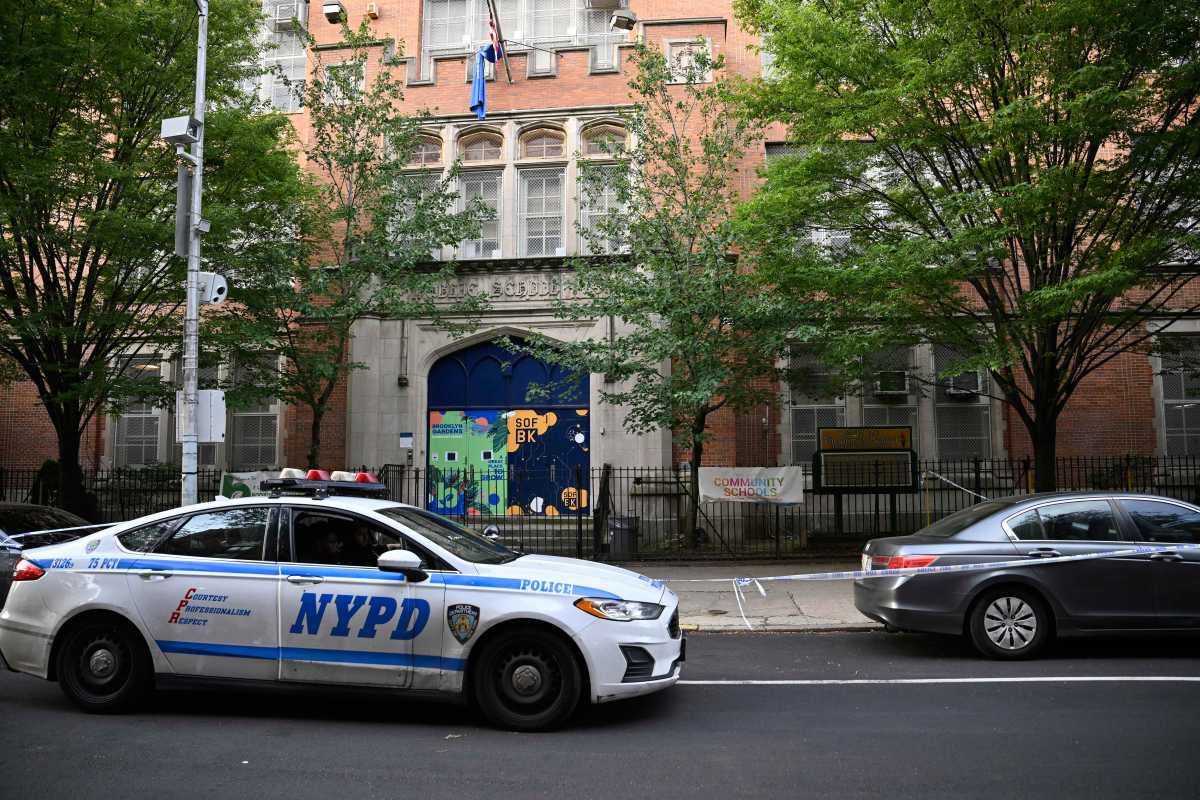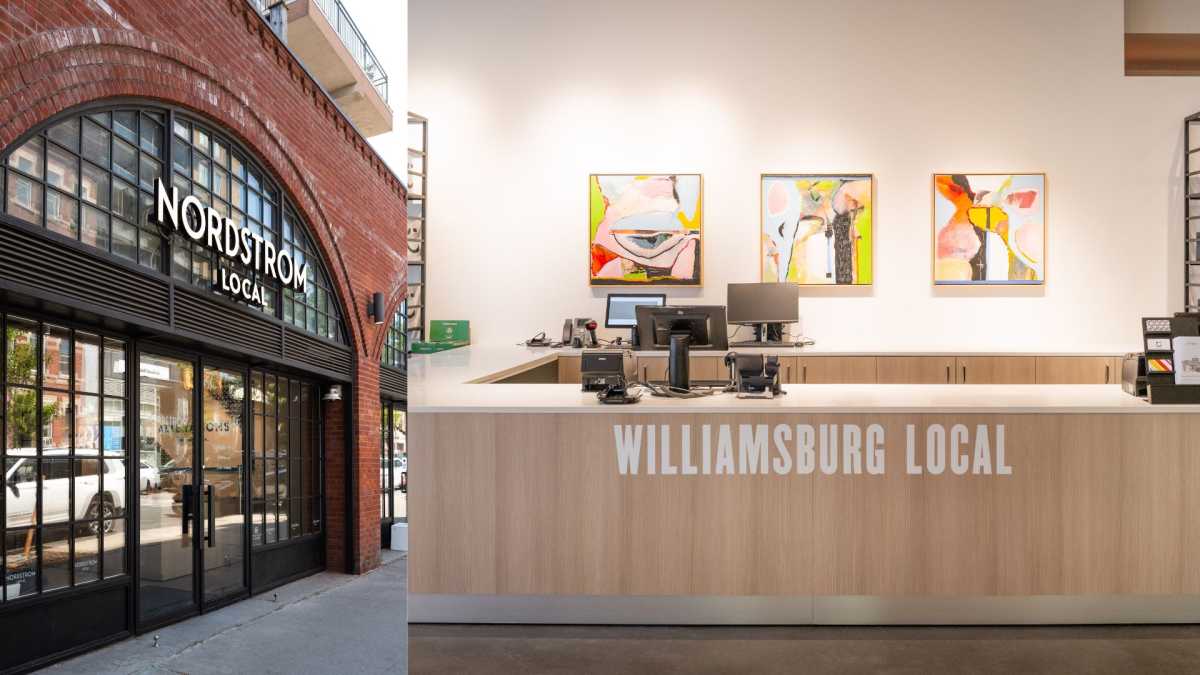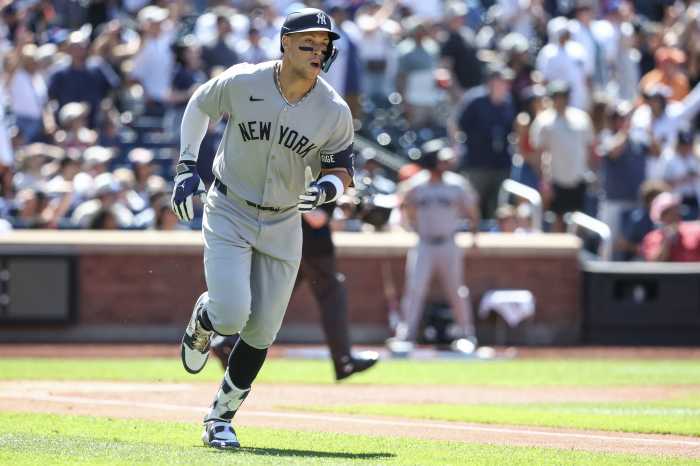In all the talk about how to fix Fourth Avenue, a consensus is emerging around one single idea: slow those cars down!
That’s the new message being touted by city planners, transportation officials and residents as more and more people get on the bandwagon to turn at least the Park Slope portion of the Downtown-Bay Ridge speedway into more of a neighborhood street.
“This is one of the most dangerous roads in Brooklyn,” Ryan Lynch, senior planner for the Tri-State Transportation Campaign, said on Thursday night at the Park Slope Civic Council’s forum on the “future” of Fourth Avenue. “We need to lower the sight distance for drivers — and they will instinctively slow down.”
The 11-block stretch from Carroll Street to Ninth Street is a treacherously wide-open, six-lane freeway, with cars moving at high speeds. A barren, two-foot median is essentially the only buffer between walkers and their mobile nemeses.
There were plenty of other solutions bandied about at the forum, held at the St. Thomas Aquinas Church Hall on Fourth Avenue and Ninth Street, fixes such as more trees, a wider array of users and more things to stop and look at. But it all came back to speeds.
“The street should facilitate a broad range of needs to be complete, and should involve pedestrians, vehicles and bikers,” said Ethan Kent, vice president of the international Project for Public Spaces. “Give us congestion. Give us green space and welcoming areas on the sidewalk for our neighbors. Make it so drivers looking to go through town, rather than stay, will decide to go around Fourth Avenue.”
Some drivers argue that Fourth Avenue is already the last speedy thoroughfare between Park Slope and the Verrazano-Narrows Bridge.
“If it’s even more congested over here, traffic will have to spill over onto other streets,” said Bob Smith, who has been using the avenue as an artery for years. “It’s bad enough on Fifth Avenue as it is.”
He and other panelists agreed that trees and green space — like the one being proposed by New York University grad students that would refurbish the dead space along the median and sidewalks — would slow down the horrendous vehicle traffic, thereby allowing visitors to walk the sidewalk comfortably.
The students will present their final proposal in May. NYU grad student Noah Levine wouldn’t release much until the proposal is finished, but we do know that Borough President Markowitz wants furniture on the sidewalks, a tree-lined portion that mimics Park Avenue in Manhattan and a wide pedestrian walkway.
But he also wants the New Jersey Nets to move to a 19,000-seat arena at the northern terminus of Fourth Avenue, which is expected to be completed in 2012 and would be something of a punctuation mark on the boulevard’s boom, which began with the 2003 rezoning that allowed 12-story residential buildings, a change in zoning that set off a wave of construction, mostly between Atlantic Avenue and the Prospect Expressway.
Some wish that Brooklyn could go back in time.
“It’s already going to be dangerous for her when she starts walking,” said Park Slope and Fourth Avenue resident Ben Leidner, who pushed his daughter in a stroller near 13th Street on Friday. “It’s just going to be worse on all the streets around here.”
But until a symbiotic relationship can be built on the strip between people, cars and bikes, it seems that Markowitz’s dream of the rechristened “Brooklyn Boulevard” will instead hold Lynch’s new favorite title: the most dangerous road in the borough.


